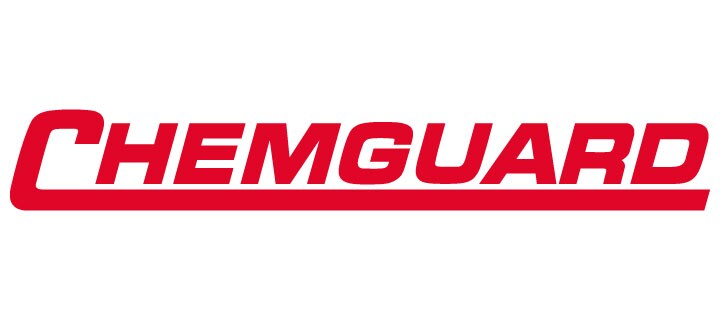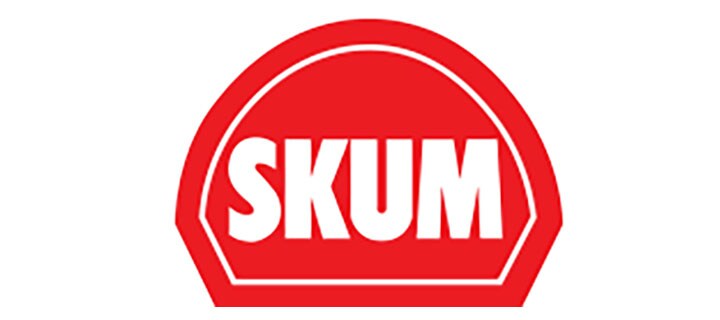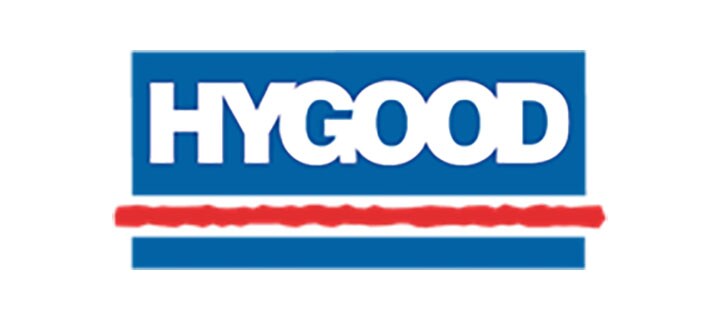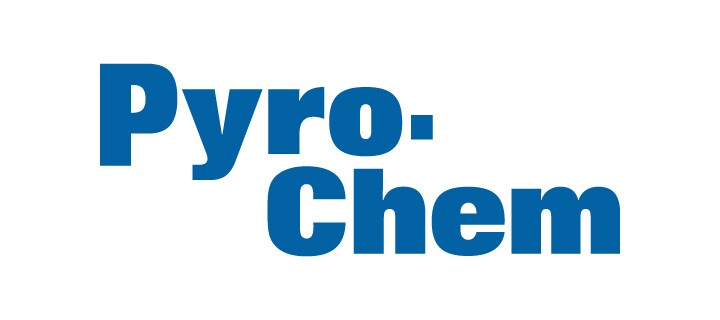- Johnson Controls
- HVAC Systems & Equipment
- Air Distribution
Air Distribution
Optimising Comfort and Efficiency
When it comes to maintaining a comfortable indoor environment, proper air distribution is key. In commercial and industrial spaces alike, HVAC systems rely on a combination of components to ensure efficient cooling, heating, and ventilation.
A well-designed HVAC air distribution system combines fan coil units, blower units, and variable air volume terminals to create a harmonious balance between comfort, energy efficiency, and noise reduction.
Understanding these components empowers building managers and occupants to enjoy a pleasant indoor environment year-round.
Fan Coil Units (FCUs)
Fan coil units are versatile devices that provide both cooling and heating. These units feature a belt-driven fan and come in various configurations, including horizontal, vertical, and reduced footprint designs. FCUs use chilled water or hot water coils to regulate the air temperature, making them ideal for individual zones within a building. Their flexibility and quiet operation contribute significantly to overall occupant comfort.
Blower Units
Blower units, also known as fans, are the workhorses of HVAC systems. They distribute conditioned air throughout the building, ensuring consistent temperatures and proper ventilation. Whether mounted externally, integrated into ductwork, or placed above ceilings, these units play a critical role in maintaining indoor comfort.
Variable Air Volume Terminals (VAVs)
VAV terminals are intelligent devices that dynamically adjust airflow based on demand. These zone-level flow control units modulate air supply to individual spaces, optimising energy usage while ensuring personalised comfort.
Dampers and Louvres
Dampers regulate airflow in HVAC systems (including volume control dampers, fire dampers, and smoke dampers), and louvres serve various purposes such as ventilation, sunshade, and intake/exhaust applications. Understanding these components ensures optimal HVAC performance and occupant comfort.
Solutions
At Johnson Controls, we’re in the business of creating healthy and productive building environments by delivering energy savings, operational savings, and sustainable solutions that make an impact on a global scale.
Products
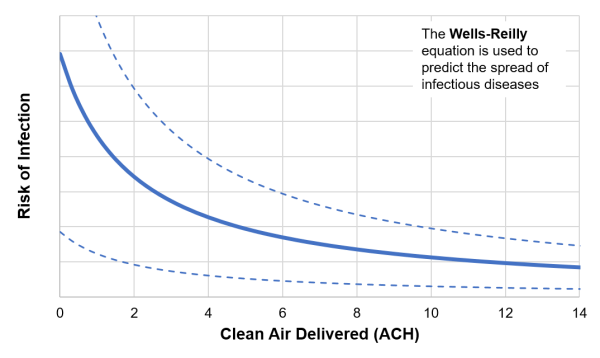
























.jpg?la=en&h=320&w=720&hash=244C75B74F0F77521D56164450973BCD)

